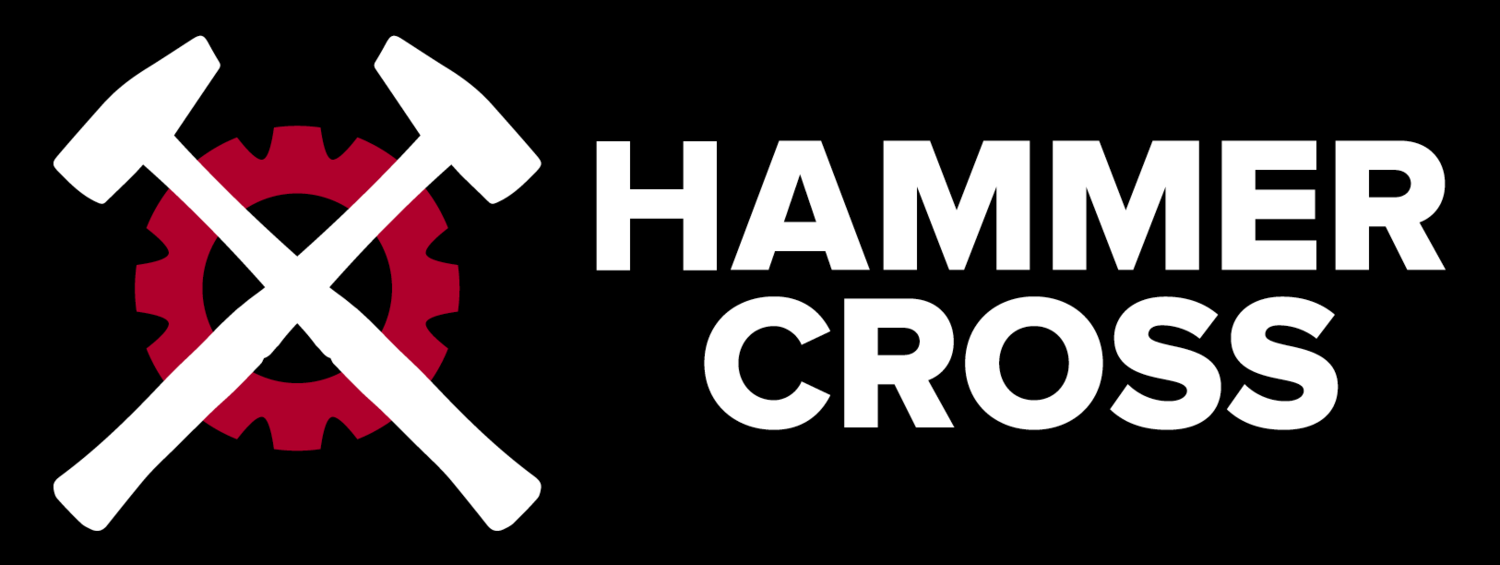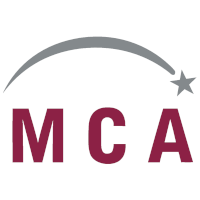KOBRA Rides (Kids On Bikes Riding Around)
What is KOBRA?
KOBRA is the mountain bike part of THx. KOBRA stands for Kids On Bikes Riding Around. The THx definition of "Kids" is quite inclusive; if you derive even the slightest kidlike pleasure while riding a bike, you're invited to come ride with us.
KOBRA Goals
Our overarching goals are to have fun, build fitness, teach mountain biking skills and a love for the sport that will last a lifetime.
Fun is important and riding a bike is fun. Almost everyone smiles during a ride. Everyone smiles after a ride! Even when a ride turns out to be Type 2 fun, everyone smiles after the ride. (See the paragraph on resilience below.)
Mountain biking is a great way to get fit. Noone can just sit and pedal a mountain bike. Trail riding requires standing and body positioning during riding. Because it engages the whole body, it builds whole body strength and endurance. Unlike many other sports, cycling, even mountain biking, is easy on joints.
Anyone can ride a mountain bike and it can be a life long sport. Furthermore, being off-road, it is quiet and safe from the danger and intimidation of cars and trucks. Yes, mountain bikers occasionally fall, but the speed of most falls is low and the damage is usually minimal. (See Type 2 fun above.)
With respect to youth cycling in particular, mountain biking builds resilience. Doing hard things is fun. Failure, whether it's a crash, an inability to climb a hill or master a technical feature is not forever. Failure in mountain biking is much like failure in real life. It is a bump in the path providing an opportunity to learn, build skills and/or fitness. Doing hard things and overcoming small failures, far away from a classroom or athletic field, are a great way to build resilience and smiles into kids of all ages.
KOBRA Programs
KOBRA Kids
KOBRA Kids is our beginner mountain bike program. Most KOBRA Kids participants are elementary school age. The focus is on fun, fitness, and bike handling. KOBRA rides are geared to the fitness and skills of participants and include a mix of fire roads and singletrack. As you might imagine, these are no-drop rides. While it is not necessary, most KOBRA Kids rides are parent/kid rides.
Depending on weather, rides are typically an hour and a half, with plenty of breaks. Of course, helmets are required. All participants should also have water and snacks.
A Little History...
KOBRA Kids rides were started by THx as a way of keeping kids riding through the spring and summer after the end of Cyclocross season. The goal was to keep kids riding for fun. Because we believe in the benefits of mountain biking, we made the rides open to all comers. Thus, KOBRA Kids rides became standing group rides that were cross-posted with our local MTB club (Triangle Off-Road Cyclists - TORC).
Over the years KOBRA Kids has become one of our most popular programs. In addition to Cyclocross, many KOBRA Kids have moved onto our KOBRA Adventure program and MTB racing. Some have even gone on to ride in college.
KOBRA Social
KOBRA Social is the next step from KOBRA Kids, and appeals to kids in middle school and up. Typically a bit lower-key than KOBRA Adventure, this program is for all skill levels, though some mountain biking experience will help.
Typical rides will be in Carolina North, Greene Tract, Twin Creeks, and Brumley. The primary objective is to have fun while getting out and staying active.
KOBRA Adventure
KOBRA Adventure is for older, more experienced and fit riders. Most KOBRA Adventure participants are upper middle through high school age. KOBRA Adventure rides explore local trails often linking a variety of trails together via roads and greenways. On a regular basis, KOBRA Adventure takes day trips and overnight camping trips to experience backcountry riding in places like Pisgah and Shenandoah.
Depending on weather, rides are typically an hour and a half to two hours. Day trips and camping trips usually feature longer rides. An important feature of our regular ride program is building the fitness and endurance to take on longer rides. Parents are welcome to participate in KOBRA Adventure rides.
Of course, helmets are required. All participants should also have water, snacks and the tools necessary to perform trail side repairs.






